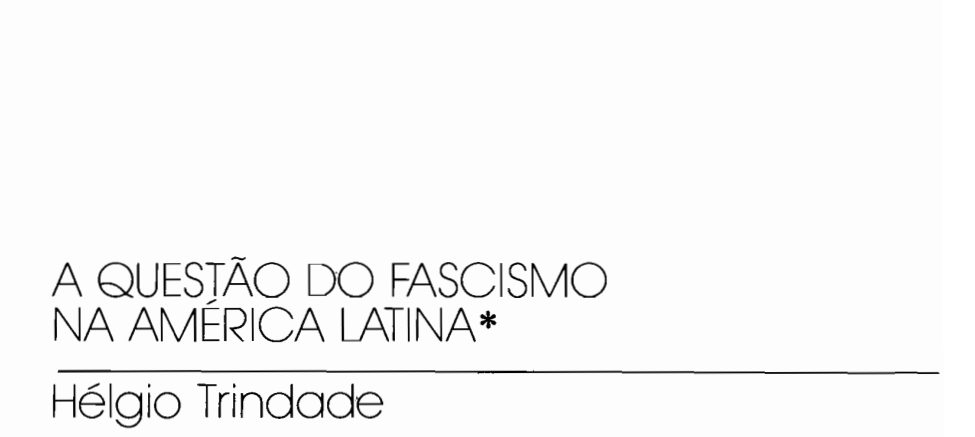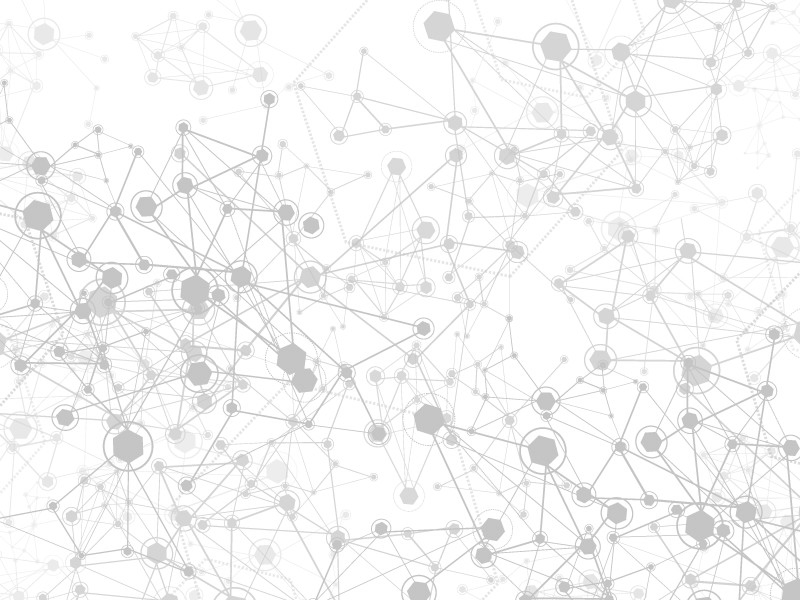Dados é uma das principais e mais longevas publicações nas ciências sociais no Brasil. Criada em 1966, divulga trabalhos inéditos e inovadores, oriundos de pesquisa acadêmica, de autores brasileiros e estrangeiros. Editada pelo IESP-UERJ, é seu objetivo conciliar o rigor científico e a excelência acadêmica com ênfase no debate público a partir da análise de questões substantivas da sociedade e da política.

Dados vol. 33 n. 3 Rio de Janeiro 1990

Resumo
The Copernican revolution in philosophy, announced by Kant in the preface to Critique of Pure Reason, in fact finds its roots in Cartesian thought. The point of departure in Cartesian analysis is the notion of consciousness (thought), and it is based upon this notion that the central question of modem philosophy is posed: what are the conditions of possible access to the "real" or, in other words, what are the possibilities of arriving at true knowledge? To answer this question, Descartes formulated the notions of representation (idea) and of thing (res), the latter being identifiable under certain conditions with the notion of object. He also reclaimed from the scholars the classic definition of truth as a correspondence between thought and object. But it is not only in the context of a philosophy of consciousness that the notions of representation and object are fundamental. In Tractatus Logico-Philosophicus, Wittgenstein reformulated the question of modem philosophy, within the conceptual framework of a logical-linguistic analysis: li truth consists of the agreement between a proposition and a fact, then what conditions must language and the world satisfy so that propositions may be taken as true? In order to answer this question, Wittgenstein, using logical-linguistic methods, re-interpreted the classical notions of representation (das Bild) and object. The purpose of this article is to clarify the significance of these two notions, relying on two alternative conceptual frameworks: the philosophy of Cartesian consciousness and the logical-linguistic philosophy formulated in Tractatus.
Análise da Noção de Objeto e de Representação em uma Filosofia da Consciência e em uma Filosofia Lógico-Lingüística